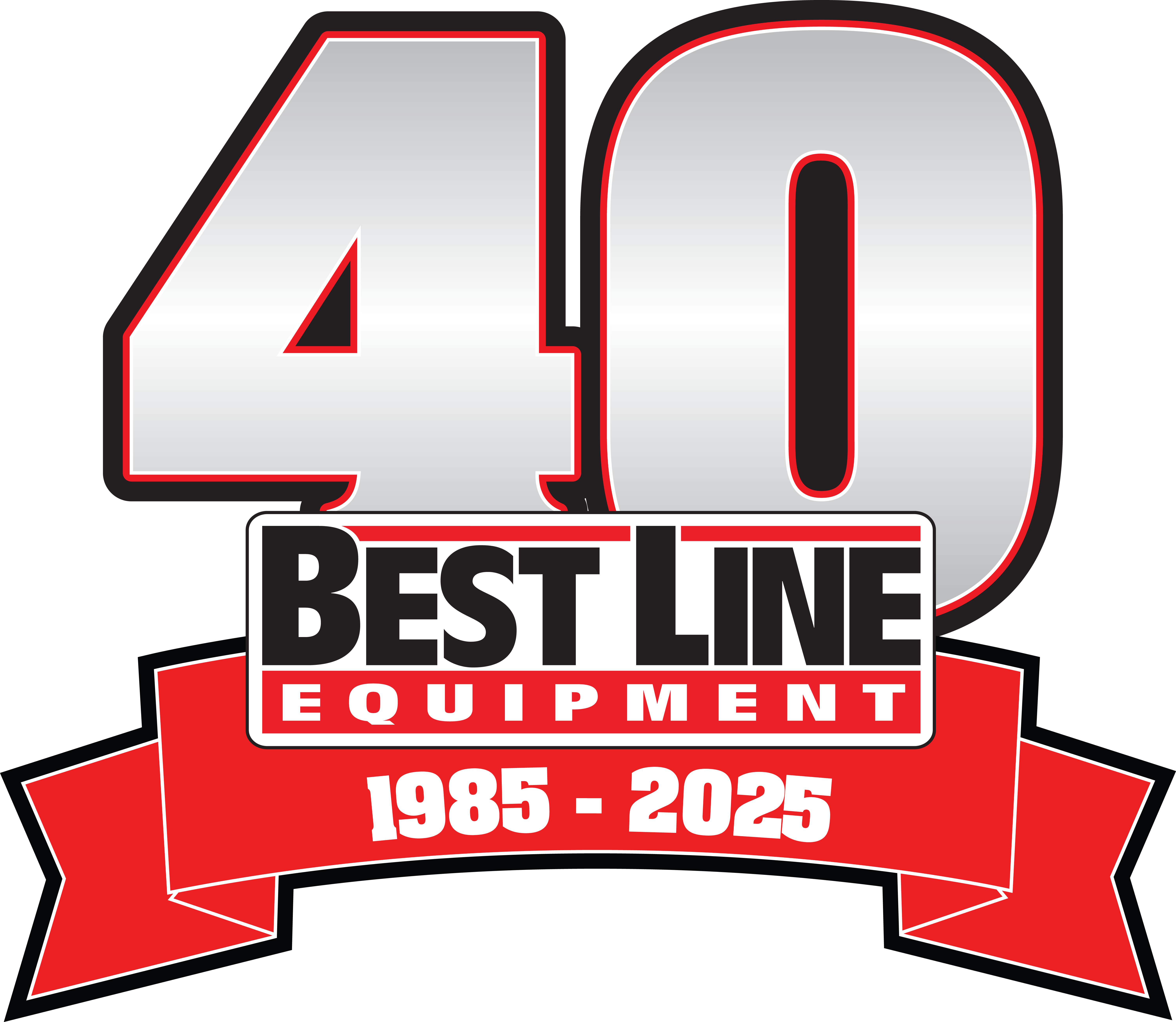Safety Guide: Navigating Cold Weather with Care
With the end of December quickly approaching, it's essential to prepare for potential snowstorms in January and February. Driving and working in snowy conditions can be hazardous, necessitating the adoption of proper precautions to ensure your safety and the safety of those around you.
Shoveling Snow and Other Cold Weather Work:
Shoveling snow, a common winter activity, can pose risks if not approached carefully. To avoid common injuries such as back and shoulder strains, listen to your body, stretch beforehand, and be mindful of your heart during strenuous activity.
Shoveling frequently while the snow is fresh is less strenuous on your body than waiting for it to pile up and condense. Stay hydrated and dress appropriately with at least three layers: a base layer to absorb sweat, a middle layer for insulation, and an outer layer to shield against external elements.
Ice is another hazard to consider. Clear snow and ice from your workspace, use traction devices on your boots, walk cautiously on slippery surfaces (avoid running), and keep your hands out of your pockets to maintain balance.
Cold Exposure Risks:
Extended exposure to cold weather poses health risks, particularly if you are not dressed appropriately. Factors such as hypertension, hypothyroidism, diabetes, physical fitness, and exhaustion can contribute to cold stress-related problems.
Be aware of cold stress risks:
Hypothermia when core body temperature drops below 90°F
Frostbite when skin and tissue freeze
Trench foot from prolonged exposure to wet conditions
Pay attention to cold surfaces, as damp skin and tissue can freeze instantly, leading to frostbite.
Vehicle Safety:
Driving in cold weather requires careful consideration of potential hazards. Anticipate conditions, including black ice patches, and have a plan for sliding scenarios.
Precautions for winter driving:
Slow down
Clear snow and ice from your vehicle, trailer, and work area
Exercise caution when towing a trailer, especially one with surge brakes
Regularly inspect vehicles, replacing tires and wipers as needed
Top off windshield washer fluid regularly
Keep a shovel and ice melt in your vehicle
Know if your destination requires tire chains
Allow extra travel time in inclement weather
Familiarize yourself with route restrictions
Follow the Pennsylvania Move Over Law when encountering emergency response areas. Slow down and pass at a speed no more than 20 miles per hour less than the posted limit. Disabled vehicles are covered by the Move Over law when they display at least two of the following markings: hazard signals, caution signs, and/or road flares.
Conclusion:
As winter sets in, Best Line wishes you a safe and happy season. Stay warm and enjoy the winter weather responsibly!

